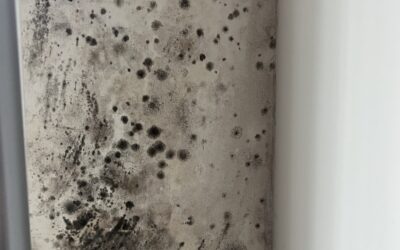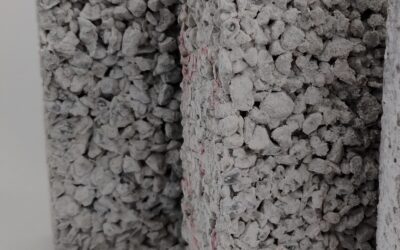Powdery Mildew on Grapevines: How to Recognize, Prevent, and Treat This Dreaded Disease?
Powdery mildew, also known as “white rot,” is a fungal disease that affects grapevines. It is caused by the pathogenic fungus Erysiphe necator.
In viticulture, it is crucial to control this disease to ensure the quality and quantity of grape production. Powdery mildew can cause significant damage, making prevention and treatment essential for winegrowers.
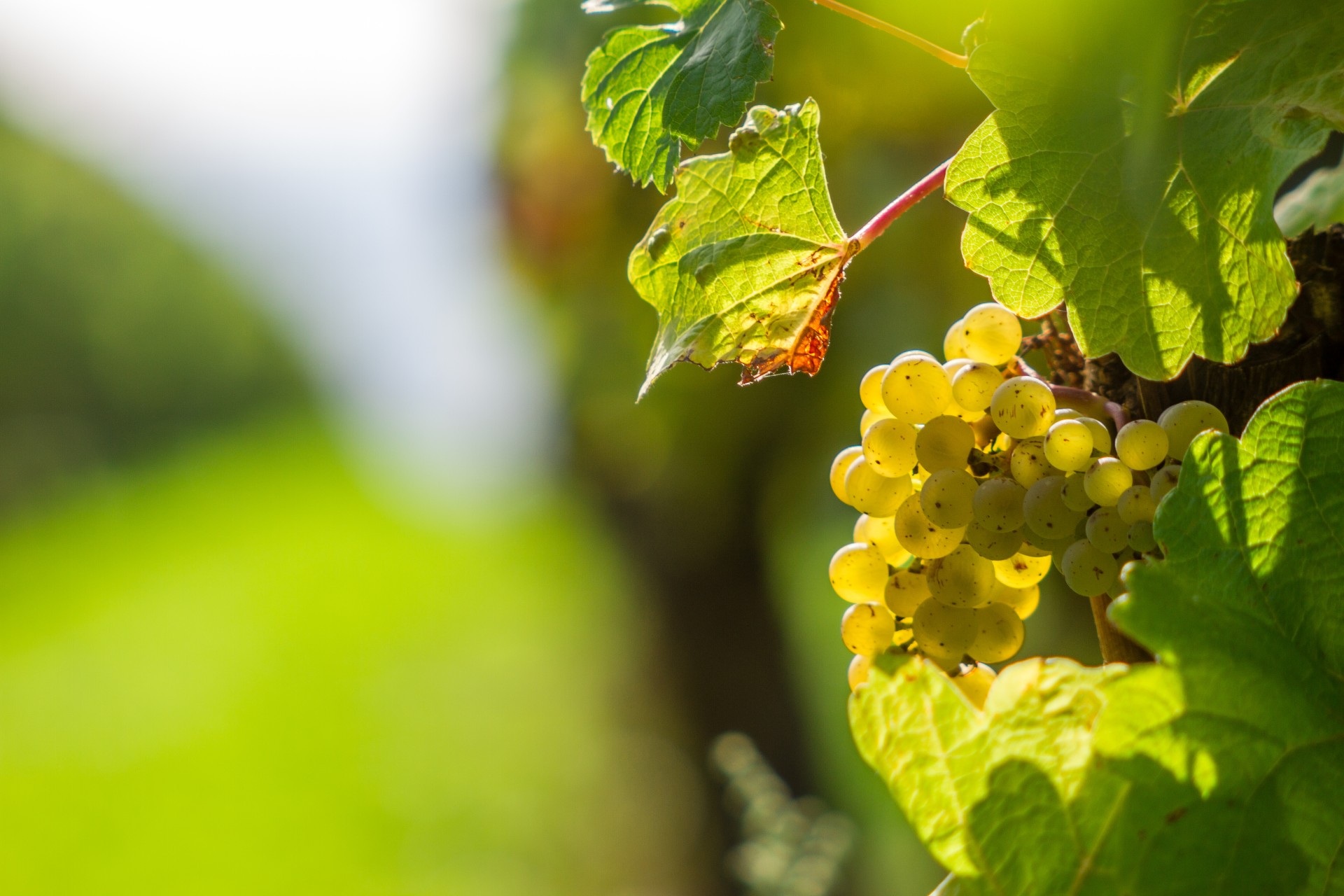
Grapevine and Grape Cluster What is Powdery Mildew on Grapevines?
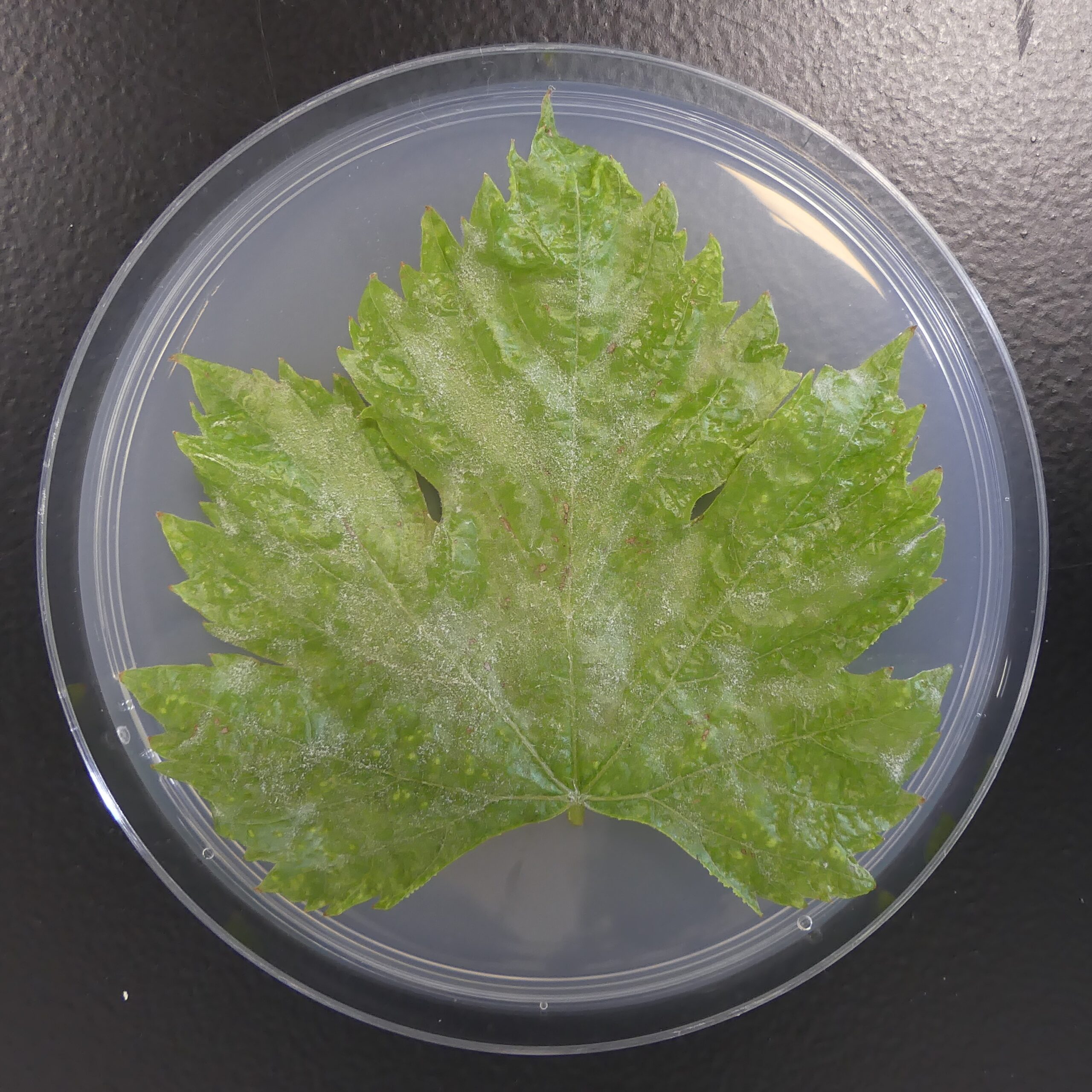
Scientific Name: Erysiphe necator
Powdery mildew is caused by the fungus Erysiphe necator. This fungus primarily develops under moderate temperature and high humidity conditions, often during critical growth periods of the grapevine. It is a microscopic filamentous ascomycete. This fungus is an obligate parasite, meaning it can only survive by infecting host plants, mainly grapevines of the genus Vitis. It develops on the surface of grapevine organs and forms a white, powdery mycelium.
Originating from North America, the spread of the disease was first observed in England in 1845 and in French vineyards in 1847. A few years after the pathogen’s arrival and the damage caused to vineyards, winegrowers resorted to sulfur to try to control powdery mildew, a practice that continues today…
Life Cycle of Powdery Mildew
The fungus overwinters as mycelium in buds or as cleistothecia on attacked organs.
In spring, the cleistothecia burst and release ascospores that ensure primary infections. Conidia, produced by conidiophores, are dispersed by wind and ensure secondary infections.
Difference Between Powdery Mildew and Downy Mildew
Although powdery mildew and downy mildew are often confused, they have distinct symptoms and causes. Powdery mildew manifests as a white powder on leaves and clusters, while downy mildew causes oily spots on leaves.
How to Recognize Powdery Mildew on Grapevines?
Symptoms of powdery mildew are visible on different parts of the grapevine:
- Leaves: Appearance of spots followed by a grayish, dusty felt.
- Young Shoots: Slowed growth, shortened internodes, and leaf curling.
- Clusters: Berries are covered with gray dust, then burst, revealing seeds.
- Canes: Presence of brown to black mycelium before lignification, becoming red star-shaped after lignification.
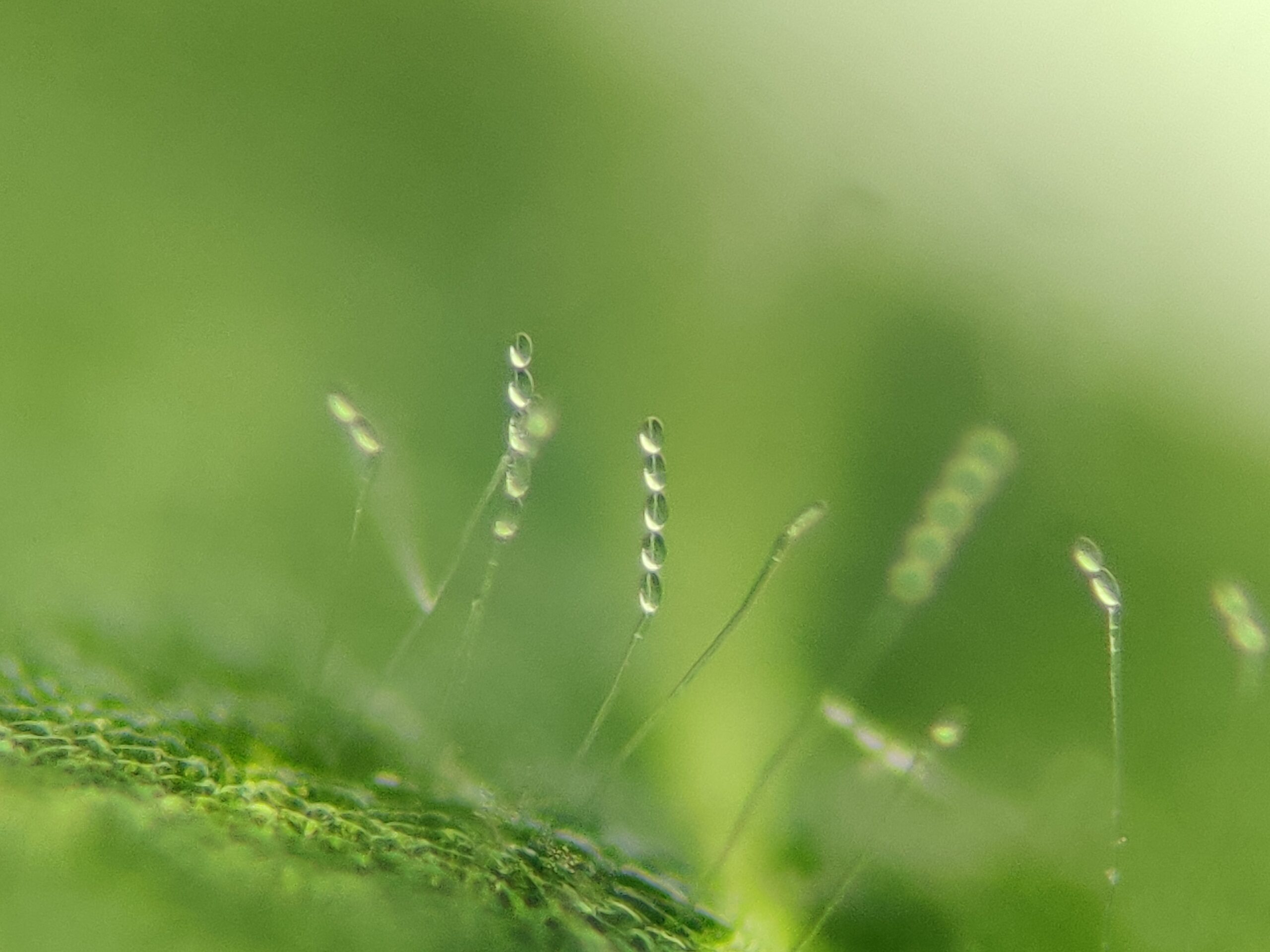
What Are the Impacts of Powdery Mildew on Production?
Powdery mildew affects the quality of grapes, leading to yield loss and economic repercussions for winegrowers. Affected grapes may be less sweet and have visual defects, reducing their commercial value.
Causes and Favorable Factors for Its Development
Weather conditions, such as humidity and temperature, play a crucial role in the development of powdery mildew. Cultural practices, such as planting density and aeration, as well as the persistence of the fungus from one year to the next, are also important factors.
Factors Favoring Fungus Development
Powdery mildew develops particularly well under conditions of high relative humidity, both during the vegetative phase and during grape maturation. Fungus spores can be transported by wind or water and can also be present on infected plants or transplanting material.
Harmfulness of Powdery Mildew
Powdery mildew can cause significant yield losses by reducing the harvest quantity. It also affects grape quality, leading to abnormal acidity and moldy tastes in wines. Some grape varieties are more sensitive than others, such as Carignan, Grenache, Chardonnay, and Riesling.
Prevention and Control of Powdery Mildew
Good Cultural Practices
- Proper Pruning: Allows better aeration of the vines.
- Debudding: Reduces vegetation density.
- Choice of Resistant Varieties: Use of varieties less sensitive to powdery mildew.
Treatments
- Conventional Products: Fungicides from different chemical families applied according to recommendations from industry professionals.
- Sulfur: Used for its effectiveness against powdery mildew, it must be applied at specific times.
- Other Products: Biocontrol and integrated pest management offer ecological alternatives.
Weather Monitoring and Prediction Models
Powdery mildew develops optimally at temperatures between 25°C and 30°C and relative humidity of 40% to 100%. Unlike other fungal diseases, the presence of free water hinders conidia germination and can even cause them to burst.
Decision support tools enable targeted interventions, reducing the impact of powdery mildew.
Early Disease Detection
In our CONIDIA CONIPHY laboratory, we have developed an early detection kit for this disease (Idetect TM kit). From leaves collected in the field, total DNA extraction is performed before a qPCR reaction that detects the presence of powdery mildew DNA. Extensive studies over several years have shown the test’s performance with DNA detection up to 14 days before symptom appearance.
This tool, combined with other collected data, provides essential information for managing treatments to be applied at the right time and in a rational manner.
Powdery mildew on grapevines is a high-risk fungal disease that requires proactive management to protect vine health and grape quality.
Ecological Developments and Alternatives
New environmentally friendly practices, varietal resistance, and research in sustainable viticulture offer promising solutions for more ecological control of powdery mildew.
Conclusion
In summary, powdery mildew on grapevines is a formidable disease that requires continuous vigilance. Prevention is always preferable to reaction, and winegrowers must adopt appropriate cultural practices and treatments to protect their vines.
FAQ – Frequently Asked Questions About Powdery Mildew on Grapevines
-
Can you consume grapes affected by powdery mildew?
No, as the grape cluster will taste moldy, it is better to treat the vine to prevent disease spread.
-
Can powdery mildew kill the vine?
No, but it can significantly reduce the quality and quantity of the harvest.
-
Which months are most at risk?
Warm and humid months, generally from May to September.
-
Is powdery mildew dangerous to humans?
No, powdery mildew is not dangerous to humans, but it affects grape production.
-
Where does the name powdery mildew come from?
A Latin word derived from Greek, composed of “ôon” meaning “egg,” referring to the ovoid shape of the spores produced by the fungus, and “idium,” from Greek “eidos,” meaning “form, appearance.”
Our solutions associated with grapevine powdery mildew
idetect
Phytosanitary product testing
Related articles
FungiRESIST™ : An Advanced Platform for Studying Fungal Resistance
Humidity, materials, and mold: a trio posing a risk to indoor air quality
Bio-based Materials: Eco-friendly Allies, but What Are the Risks of Mold?
In response to the climate emergency, the construction sector is turning to more environmentally friendly solutions. Bio-based materials are emerging as sustainable alternatives to reduce the carbon footprint of buildings. However, these natural materials also present challenges, particularly in terms of moisture management and mold risks. This article explores the strengths and limitations of bio-based materials.
Let's work together !
If you have any needs or questions about environmental microbiology, contact us and we'll provide you with the answers you need.


